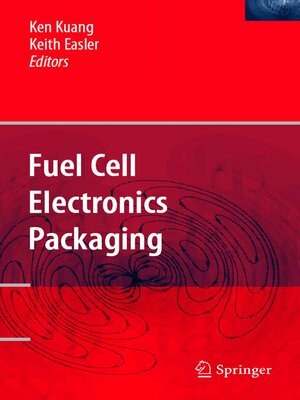
Sign up to save your library
With an OverDrive account, you can save your favorite libraries for at-a-glance information about availability. Find out more about OverDrive accounts.
Find this title in Libby, the library reading app by OverDrive.



Search for a digital library with this title
Title found at these libraries:
| Loading... |
A Look at Fuel Cells from Inside the Beltway It is an interesting time to be involved with fuel cells. After President Bush's 2003 State of the Union address, companies involved in fuel cells and hydrogen were riding a wave of national att- tion. The president's 10-year program was an exciting, long-term effort designed to dramatically change the way Americans use and harness energy. With funding proposed at $1.2 billion for the first five years, it was clear that the federal government was not only making a handsome inve- ment in fuel cells and hydrogen, but also serious about becoming more energy independent. Despite the fact that the primary focus of the new initiative revolved around automotive technologies, the President's Hydrogen Fuel Initiative was crafted into a balanced program that benefited a wide range of te- nologies and applications, including micro, portable, stationary fuel cells. This massive effort was given an additional nod after Congress passed, and the president signed into law, the Energy Policy Act of 2005. The bill called for new levels of research and development, demonstrations, early market incentives, as well as tax credits. While the president praised the new package, and kept his commitment to the original $1.2 billion, neither he nor the Congress has yet proposed new appropriations for these programs.






